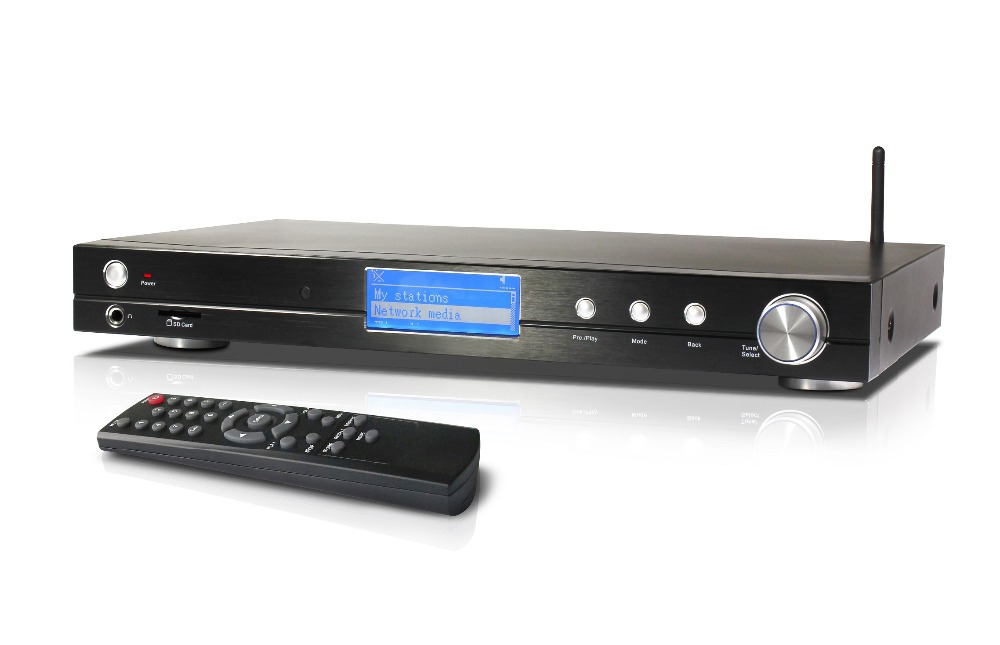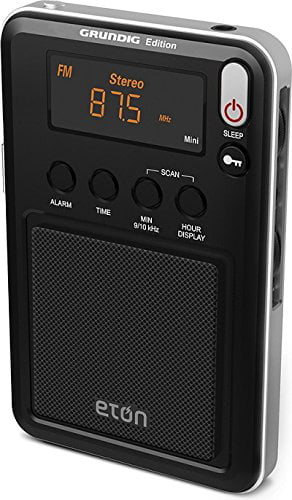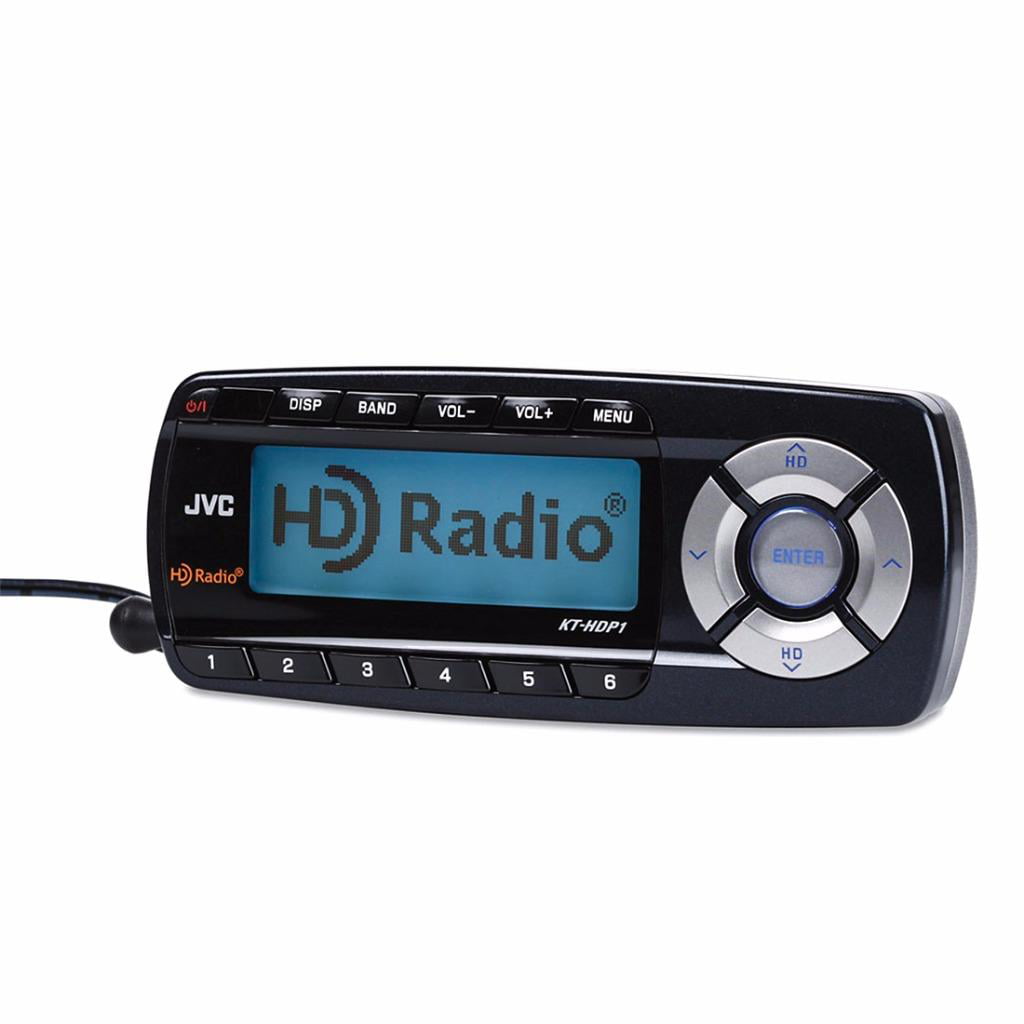

Standalone audio stereo FM tuners are sought after for audiophile and TV/FM DX applications, especially those produced in the 1970s and early 1980s, when performance and manufacturing standards were among the highest. The availability of FM stereo, a quieter VHF broadcast band, and better fidelity led to the specialization of FM broadcasting in music, tending to leave AM broadcasting with spoken-word material. FM stereo allows left and right channels to be transmitted. The left and right audio signals must be combined into a single signal which is applied to the modulation input of the transmitter this is done by the addition of an inaudible subcarrier signal to the FM broadcast signal. Sometimes, additional subcarriers are used for unrelated audio or data transmissions.
#Radiotuner wuer full
This bandwidth is sufficient to transmit both stereo channels with almost the full hearing range. The broadcast audio FM band ( 88 - 108 MHz in most countries) is around 100 times higher in frequency than the AM band and provides enough space for a bandwidth of 50 kHz. In a tuner component of an audio system (for example, a home high-fidelity system or a public address system in a building), the output of the detector is connected to a separate external system of amplifiers and speakers. The amplifier feeds either an internal speaker or headphones. In a self-contained radio receiver for audio, the signal from the detector after the tuner is run through a volume control and to an amplifier stage. Still later, phase locked loop methods were used, with microprocessor control. This system shifts the radio frequency of interest to a fixed frequency so that it can be tuned with fixed-frequency band-pass filter. Modern radio tuners use a superheterodyne receiver with tuning selected by adjustment of the frequency of a local oscillator.

A later method used a potentiometer supplying a variable voltage to varactor diodes in the local oscillator and tank circuits of front end tuner, for electronic tuning. Often several sections would be provided on a tuning capacitor, to tune several stages of the receiver in tandem, or to allow switching between different frequency bands.
#Radiotuner wuer manual
Older models would realize manual tuning by means of mechanically operated ganged variable capacitors. Combined with a detector, also known as a demodulator (diode D1 in the circuit), it becomes the simplest radio receiver, often called a crystal set. This creates a resonant circuit which responds to an alternating current at one frequency. The simplest tuner consists of an inductor and capacitor connected in parallel, where the capacitor or inductor is made to be variable. Inductively coupled crystal radio receiver The verb tuning in radio contexts means adjusting the receiver to detect the desired radio signal carrier frequency that a particular radio station uses. Subcarriers are then processed like real radio transmissions, but the whole bandwidth is sampled with an analog-to-digital converter (A/D) at a rate faster than the Nyquist rate (that is, at least twice the IF frequency).Ī tuner can also refer to a radio receiver or standalone audio component that is part of an audio system, to be connected to a separate amplifier. These are transmitted inside the receiver as an intermediate frequency (IF). use a wider frequency bandwidth, often with several subcarriers. More complex transmissions like PAL/ NTSC (TV), DAB (digital radio), DVB-T/ DVB-S/ DVB-C (digital TV) etc. Broadcast FM/ AM transmissions usually feed this intermediate frequency (IF) directly into a demodulator that converts the radio signal into audio-frequency signals that can be fed into an amplifier to drive a loudspeaker. The antenna connector is on the right.Ī tuner is a subsystem that receives radio frequency (RF) transmissions and converts the selected carrier frequency and its associated bandwidth into a fixed frequency that is suitable for further processing, usually because a lower frequency is used on the output.

Taylormade sim max irons vs ping g410 irons.Opened VHF/ UHF tuner of a television set.


 0 kommentar(er)
0 kommentar(er)
